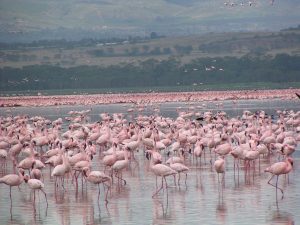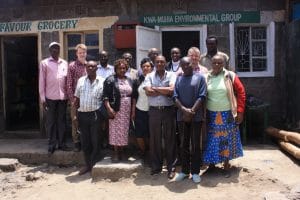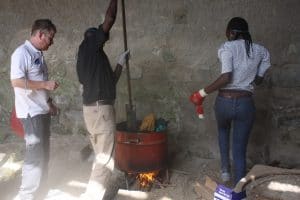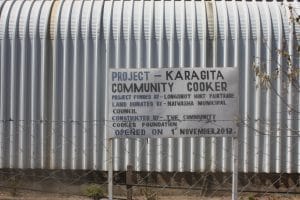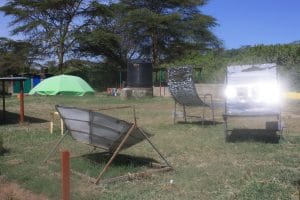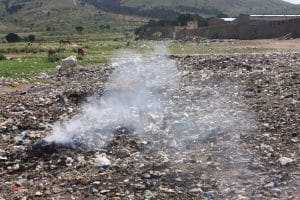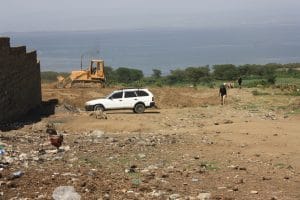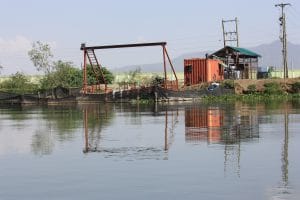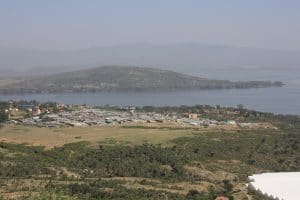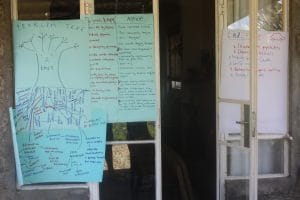Waste Management
Region:
Kenya
2015



The Background
A lack of adequate waste management infrastructure is a global issue affecting three billion people. 40% of the world’s waste is not collected or treated, but is instead discarded in open dumps or burned. This is a direct cause of serious health issues – including gastrointestinal and respiratory infections (especially in children) – and also encourages vermin and the spread of viral disease. A lack of waste management has harmful environmental consequences; blocked drainage contributes to flooding and the release of poisonous chemicals during processes of decomposition and burning causes air pollution, groundwater pollution and ocean contamination. This is one of the great public health issues of our time.
And the issue is getting worse. The populations of developing countries are growing. More waste is being produced than ever before.
Like many detrimental global trends, the effects are felt worse in developing countries. Municipal infrastructure has not caught up with rapid urbanization, population growth and the expansion of the global middle class. Lower income cities in Africa and Asia are set to double their municipal solid waste generation within 15-20 years. And, as only 0.3% of international development aid is spent on waste management, the issue risks being overlooked by the global sustainable development agenda.
Solid waste management is an essential service; the costs of inaction outweigh the per capita costs of mitigation by 5-10 fold. But affordability is a major challenge in poorer countries. A truly sustainable waste management system – where the life cycle of every product is designed to reduce its end of use impact – is, at present, a pipe dream. Emphasis must be placed upon reducing uncontrolled dumping and burning, by using less and re-using more.
(Extracts from Waste Management in Naivasha Basin Report)
Waste Management in Lake Naivasha, Kenya
Communities surrounding Lake Naivasha, (80km north of Nairobi, Kenya), are experiencing the full range of issues associated with a lack of sustainable waste management systems. Lake Naivasha is nominally a Ramsar Site (a wetland of international importance) and previously attracted scores of tourists travelling through the Rift Valley. In recent decades, the region has become one of Kenya’s most prosperous economic powerhouses. During the 1970s, the agricultural industry began to develop large swathes of the Naivasha basin for the production of cut flowers and vegetables, incentivized by the plentiful supply of fresh water and a temperate climate. Development has not stopped since; in 2011, the vegetables grown in Lake Naivasha contributed $95 million to the Kenyan economy. 95% of Kenya’s exports of cut flowers are produced in the region (WWF, 2011).
Such rapid economic growth creates the pre-requisite conditions for mass inward-migration. Between 1979 and 2011, the population of the basin grew 173%, from 237,902 to around 650,000 (WWF, 2011). Developments, both formal and informal, have sprung up around the flower farms and continue to grow in size year-on-year.
One of those places to have experienced significant population increase is Kwa Muhia, the smallest informal settlement (2,100 households in size) on the southern shore of the lake. The village was built without infrastructure (drainage or sewage systems) and practically no utilities; living conditions are not dissimilar to those of Kibera, the well-known slum on the outskirts of Nairobi. Like many of the communities surrounding the basin, the rapid population increase has not been matched by developments in municipal waste collection services and, despite the fact that families and landlords pay their taxes, management systems have proved inadequate. As a result, waste of all kinds is thrown out into the streets and onto roads, is buried or burnt.
Besides the health implications for the local population and livestock, waste is washed into the lake during the rainy season causing damaging pollution. In previous years, the condition of the Lake has deteriorated to such an extent that its Ramsar status is in danger of being revoked.
